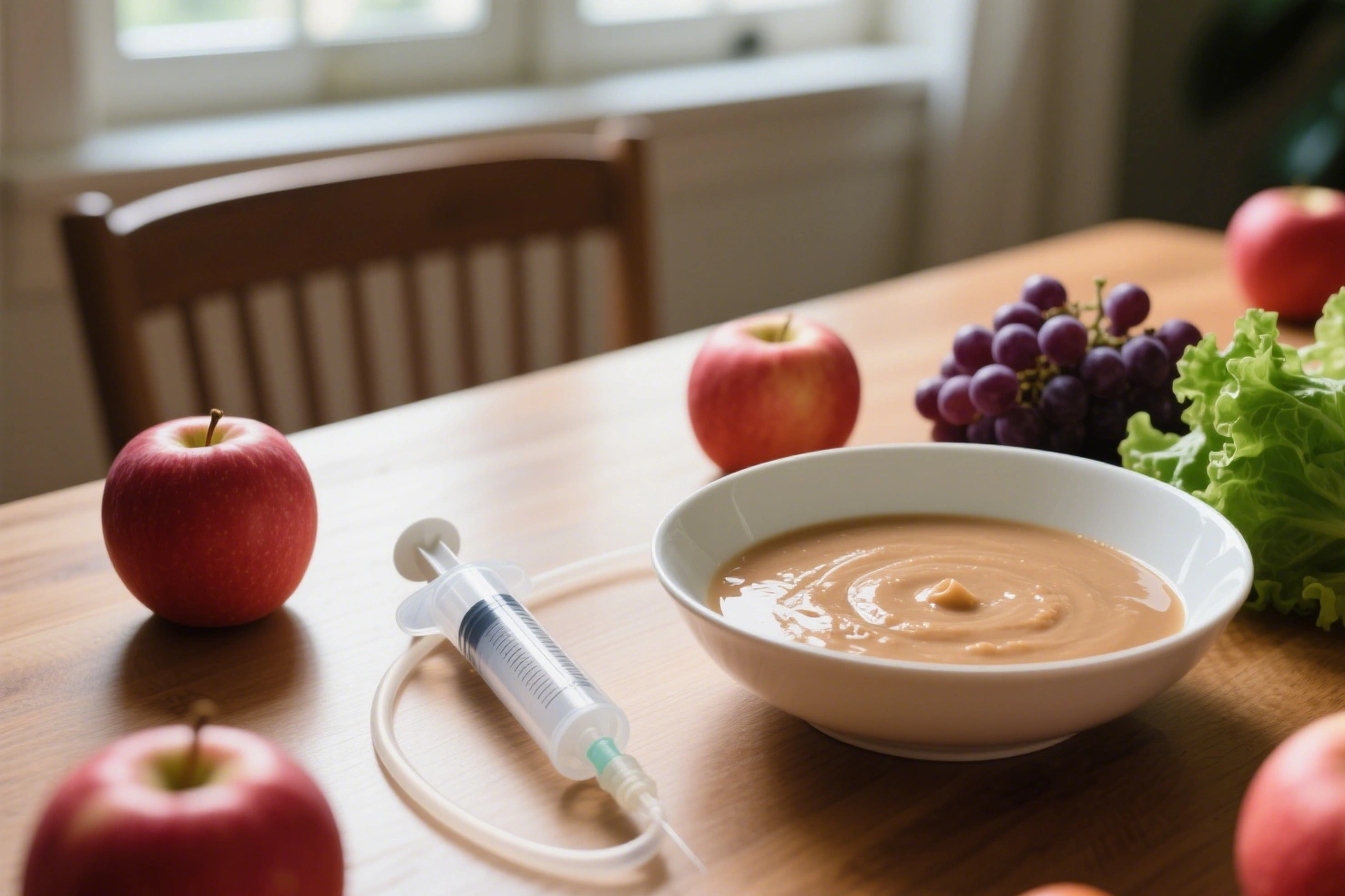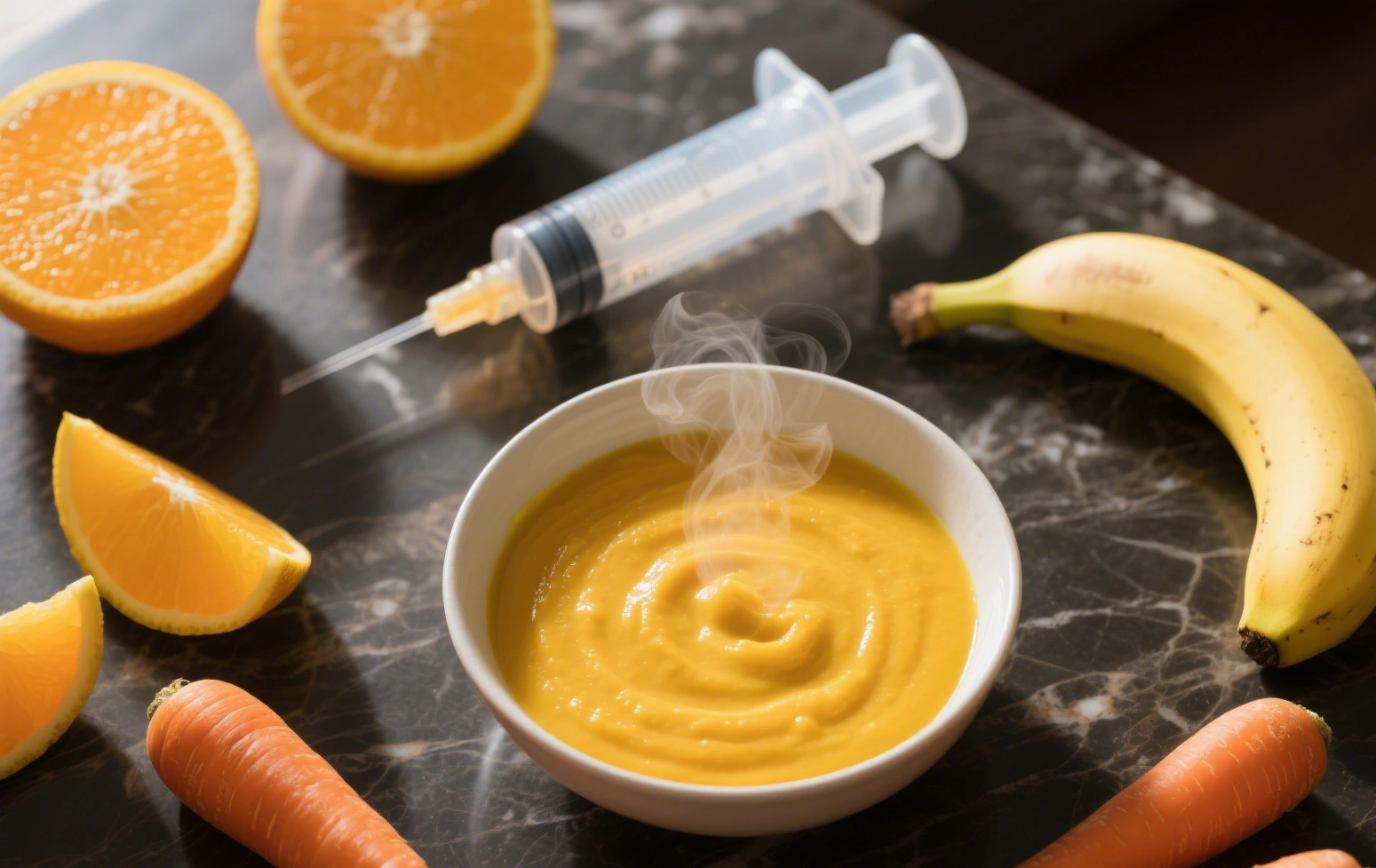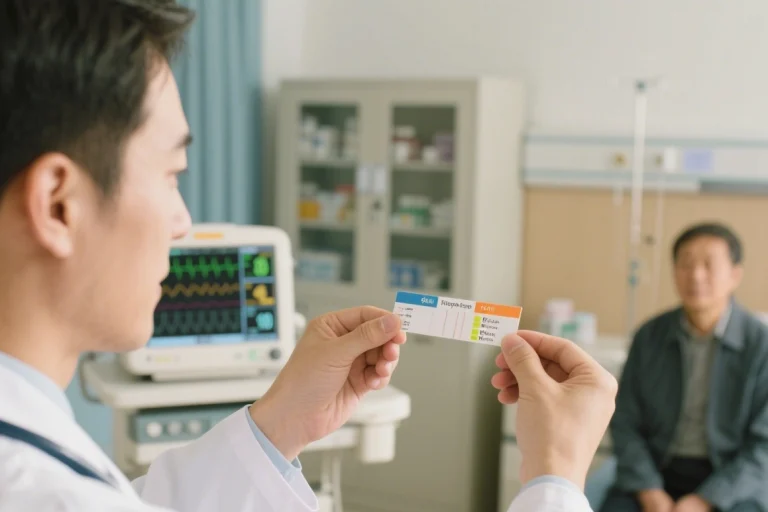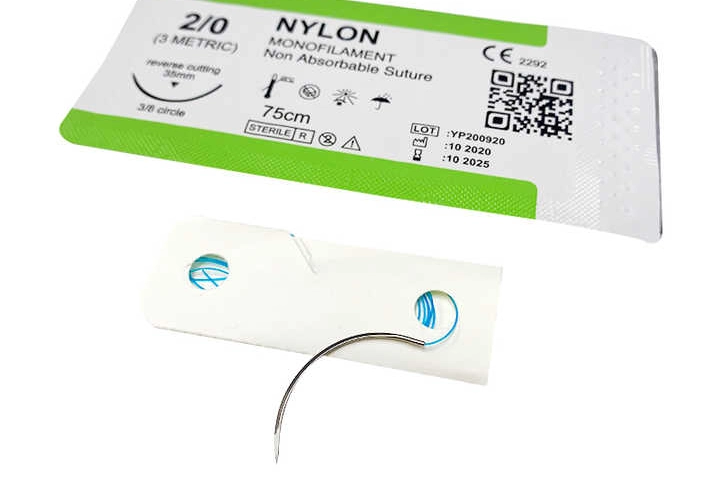
Syringe feeding is a total lifesaver for folks who can’t eat or swallow easily. It makes sure they get the food they need to stay strong or heal up. You’ll see this service it in hospitals, care homes, or even at home. It’s a big deal for people dealing with rough illnesses, injuries, or ongoing health stuff.
Syringe Feeding Basics
This is about pushing liquid food through a tube that goes straight to the stomach or intestines. It skips the mouth and throat completely. That’s perfect for anyone who can’t swallow or eat the usual way because of health issues. It’s crazy easy to do and works awesome. Nurses and caregivers totally love it.
What You Need for Syringe Feeding
Types of Tubes
There are a few kinds of tubes, depending on what someone needs. You got nasogastric (NG) tubes, gastrostomy (G-tubes), and jejunostomy (J-tubes). NG tubes slide through the nose to the stomach. G-tubes go right into the stomach with a quick surgery. J-tubes reach deeper into the small intestine. They’re made of stuff like PVC or silicone, so they’re safe and last a good while.
Picking a Syringe
Choosing the right syringe is a biggie. They come in sizes from 10ml to 60ml. Bigger ones hold more food, so you’re not refilling all the time. Grab syringes with a catheter tip. They snap into the tube nice and tight, so no leaks, and feeding goes super smooth.
Liquid Food and Drinks
The liquid food you pick is super important. These formulas are packed with a great mix of proteins, carbs, fats, vitamins, and minerals. They come in different thicknesses to match the tube and what the person can handle. You can also use syringes to give water or special drinks to keep them hydrated.
How to Do Syringe Feeding
Prepping the Food
You gotta get the liquid food ready just right. Wash your hands real good to keep things clean. Shake up the formula bottle to mix it well. If it’s a powdered formula, mix it like the directions say till it’s smooth as butter. Strain it if you need to, so the tube doesn’t get all gunked up.
Steps to Feed
- Get Them Comfy: Have the person sit up or tilt them at a 30-45 degree angle. This stops choking.
- Grab Your Stuff: Pick up the syringe, formula, and some clean towels.
- Clear the Tube: Push warm water through the tube with a syringe to make sure it’s clear.
- Load It Up: Pull the liquid food into the syringe.
- Hook It Up: Snap the syringe onto the tube’s port real snug.
- Go Slow: Gently push the plunger to send the food through nice and slow.
- Clean It Out: After feeding, push more water through to keep the tube clear.
Keeping Stuff Clean
Cleaning is a must to keep germs away and make sure everything works:
- Rinse syringes with warm water right after to get rid of food bits.
- Wash them with mild soap and water. Let them dry out in the air.
- Check syringes for cracks or wear. Swap them out if they look beat-up.
- Flush the tube with warm water before and after each feeding.
- Stick to the manufacturer’s tips for cleaning reusable gear.
Syringe feeding is a great way to get food to someone who can’t eat the normal way. Know your gear. Pick the right stuff. Prep food carefully. Follow the steps. Keep things clean. This makes sure they get their nutrients no problem.
The Awesome and Tricky Parts of Syringe Feeding
Why It’s So Cool
Syringe feeding has a ton of perks. It lets you give just the right amount of food straight to the stomach or intestines. That makes sure the person gets what they need. It’s a huge help for folks with swallowing troubles, brain issues, or those healing from mouth or throat surgeries. You can use it for liquid food and meds too. Syringes are easy to carry and use, so they’re perfect for hospitals, care homes, or home.
Stuff to Watch Out For
There are some risks, so you gotta stay sharp.
Keeping Tubes Clear
Tubes can get clogged, which is a real hassle. This happens if the food isn’t mixed well or strained. Make sure the liquid is smooth and chunk-free. Flush the tube with warm water before and after feeding. That keeps it open.
Spotting Trouble
Choking, or aspiration, is a big worry. This happens when liquid goes into the lungs instead of the stomach. It can lead to serious stuff like pneumonia. Keep an eye out for coughing, choking, or weird breathing during feeding. If they seem antsy, they might not be sitting right. Or the food might be going in too fast. Keep them upright at a 30-45 degree angle to stay safe.
The Agency for Healthcare Research and Quality (AHRQ) provides comprehensive guidelines on preventing complications like aspiration pneumonia in hospital settings, emphasizing proper patient positioning during tube feeding.
Keeping Healthy with Syringe Feeding
Syringe feeding is awesome for keeping someone healthy when they can’t eat normally. Liquid formulas give a solid mix of proteins, carbs, fats, vitamins, and minerals. They’re made for different health needs, so the person gets the right nourishment.
Hydration’s a big deal too. You can use syringes to give water or special drinks to keep them hydrated. Team up with doctors or nurses to pick the right food and liquids. They’ll help figure out how much to give.
Doing things the right way makes syringe feeding work better. Keep everything clean. Take care of the gear. This cuts down on germs or other problems. It also makes sure nutrients get where they need to go.

Syringe feeding, with tools like Medco’s, is a total lifesaver for folks who can’t eat or swallow because of health problems. It’s great for getting nutrients just right and being easy to use. But it’s got some challenges, like tube clogs or choking risks. You gotta handle those carefully. Learn the process. Stick to good habits for prep, feeding, and cleaning. This way, you can use Medco’s syringe systems to give safe, solid nutrition. Come and contact us anytime.
FAQ
Q: Why would someone need syringe feeding?
A: It’s for folks who can’t eat or swallow the usual way. Think swallowing troubles, brain conditions, or recovery from mouth or throat surgeries. It’s also great for babies who can’t breastfeed yet, like preemies, or pets with health issues. It sends liquid food or breast milk right to the stomach or intestines, skipping the mouth.
Q: Is syringe feeding safe?
A: Totally, if you do it right! Go nice and slow to avoid choking (aspiration). That’s super important for babies or pets with weak gag reflexes. Check with a doctor or vet first. Keep everything squeaky clean to avoid germs. For tube feeding, make sure the tube’s in the stomach, not the lungs.




